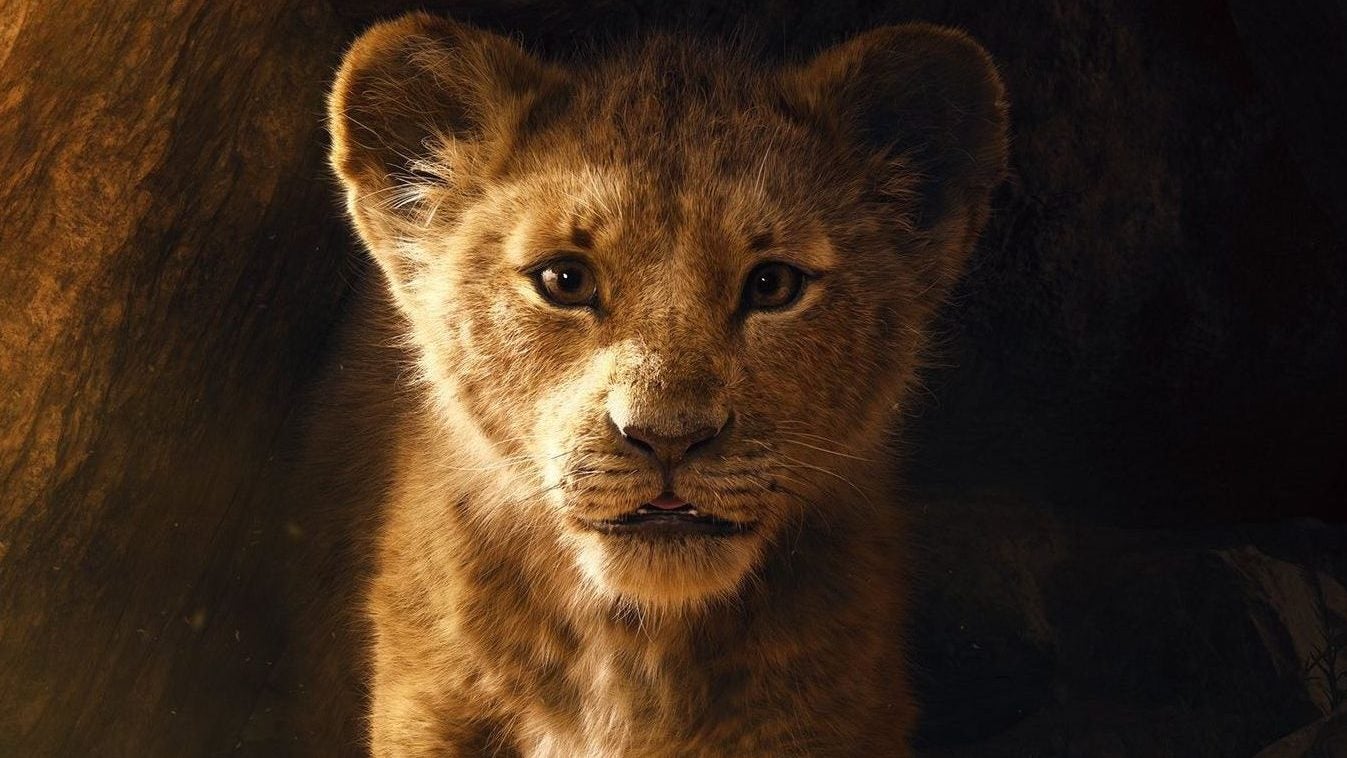The old “Lion King” animation is better
Last week, Disney released the first teaser trailer for The Lion King, a “photorealistic” remake of its beloved 1994 animated film of the same name. More than 224 million people watched the clip in the first 24 hours—the most viewers ever for a Disney movie trailer.


Last week, Disney released the first teaser trailer for The Lion King, a “photorealistic” remake of its beloved 1994 animated film of the same name. More than 224 million people watched the clip in the first 24 hours—the most viewers ever for a Disney movie trailer.
The headlines were as histrionic as they were swift: “The Internet has gone nuts,” “The Internet Duly Freaked Out,” and, of course, “The internet is awash with tears,” over the trailer. Much of the excitement was directed toward its shot-for-shot reenactment of the original movie’s classic scene when Rafiki the mandrill presents the newborn lion cub, Simba, to the gathering of animals at Pride Rock, set to the opening of “Circle of Life.”
For fans of the original, this new Lion King will look extremely familiar, just a lot more lifelike. But what the remake gains in realism, it loses in emotion and distinctiveness:
The second computer-animated, animal-centric adventure from director Jon Favreau (after The Jungle Book in 2016), The Lion King features an incredible cast, including Donald Glover, Chiwetel Eljiofor, James Earl Jones (reprising his voice-acted role as Mufasa from the original), Billy Eichner, Seth Rogen, John Oliver, and Beyoncé, among others. Composer Hans Zimmer will return to make the music, collaborating once again with Elton John.
Billed by Disney as a “reimagining” of the 1994 film that builds on Favreau’s “technologically groundbreaking” Jungle Book, the remake’s animation unfortunately exists somewhere in the uncanny valley—nearly perfect, with something just a little off. If you squint your eyes, you can believe that these are real animals. And yet the process of turning the whimsical cartoon into a hyperrealistic simulacrum of the pride lands of Africa has sapped it of its lush coloring and its deeply emotive characters.
I mean, watch the new trailer side-by-side with the original:
The original’s colors! The clouds! The shadows! Look at those 1994 giraffes—those are some emotive giraffes! The 2019 giraffes are not nearly as interesting. They look like actual giraffes bowing their heads in unison, which would be a weird thing to see in real life.
Part of what makes the original animation special, apart from its striking hues and perfect composition, is that it’s not very realistic. It engages your imagination, forcing you to fill in the blanks. And the eyes—those big, beautiful, expressive eyes. Simba’s eyes in the 2019 remake look very close to what an actual lion cub’s eyes might look like if it were dangled Michael Jackson-style over the edge of a cliff by an elderly primate: utterly indifferent, because it’s a baby lion, and it has no idea what’s going on.
By making The Lion King more real, Disney has, ironically, sucked all the life out of it. The difference may be even more pronounced for Timon and Pumbaa—the original’s comic duo who don’t appear in the teaser for the remake. The whole point of those two is that they’re outsized personalities, wholly unlike anything you’d actually see in the wild. How does that translate to a remake that seeks to make every animated animal appear as palpable as modern technology will allow?
Based on the response to the trailer, and the box office successes of the original ($968.5 million) and Favreau’s The Jungle Book ($966.6 million), the 2019 Lion King is guaranteed to gross $1 billion globally, possibly closer to $2 billion when it debuts next July. (Disney’s Frozen is the highest-grossing animated film of all time, with $1.28 billion in worldwide box office sales.) But it was a cynical idea from the beginning, and the teaser trailer has confirmed that it seeks to do nothing save exploit nostalgia for the original. Except this time it looks twice as creepy and half as fun.
Looking for more in-depth coverage from Quartz? Become a member to read our premium content and master your understanding of the global economy.